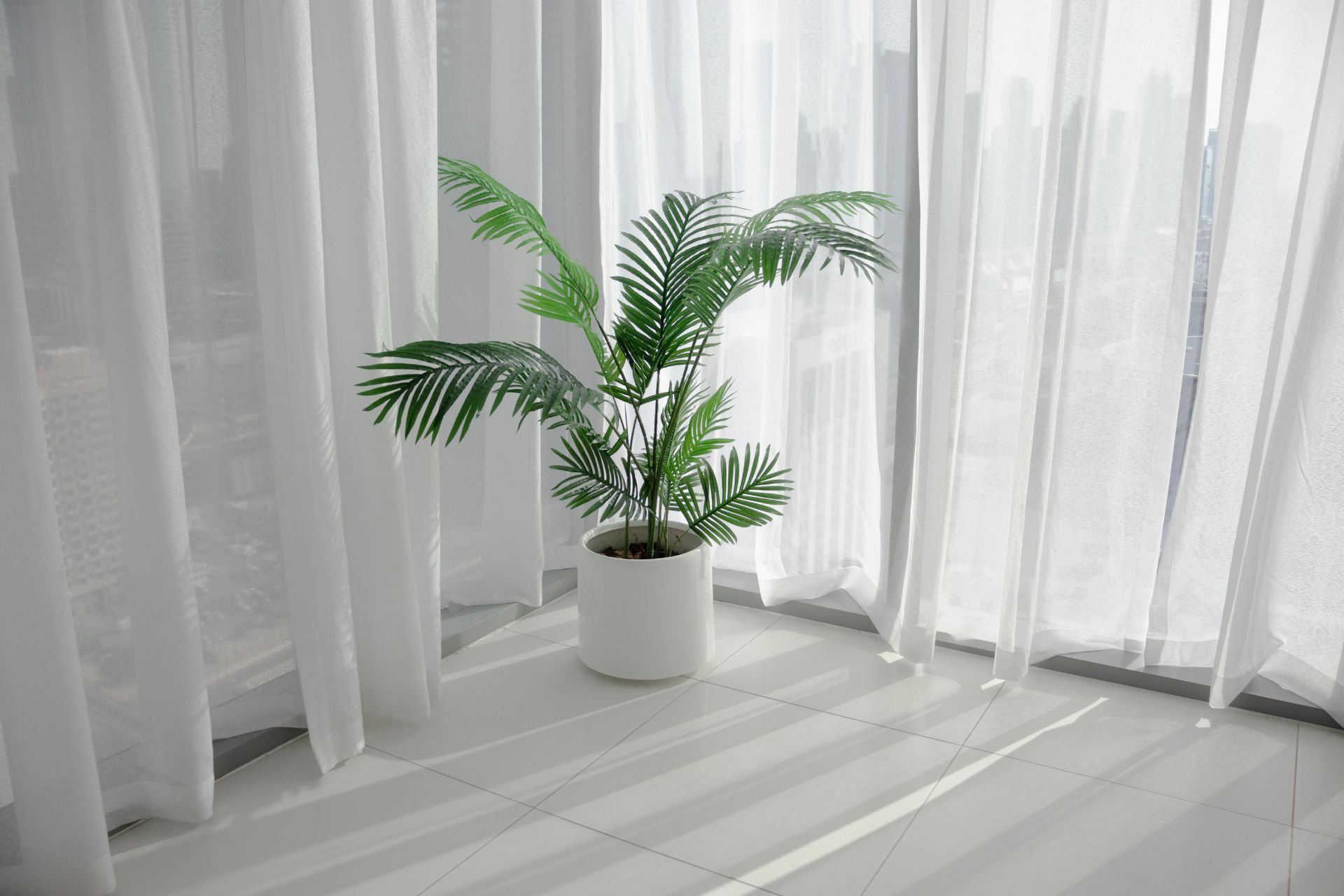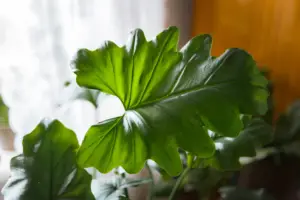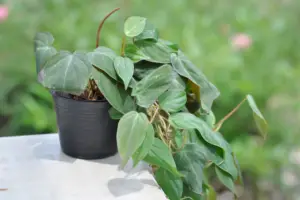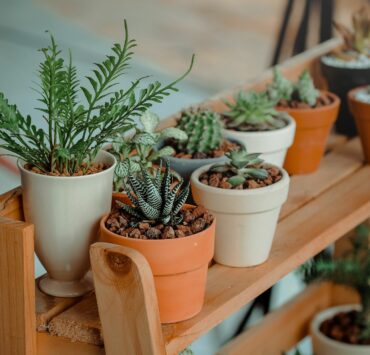Many indoor plants can thrive outside, but it depends on a few factors. Outdoor environments can offer more light, space, and humidity, which can benefit indoor plants. However, some plants may not be suited for outdoor conditions, especially during extreme weather conditions. In this blog, we will provide you with a detailed guide on whether you can leave your indoor plants outside and how to do it safely.
Step 1: Assess Your Plant
Before taking your indoor plant outside, assess whether it is suitable for outdoor conditions. Consider the plant’s natural habitat, its water and light requirements, and whether it can withstand outdoor temperatures. Some indoor plants that can do well outdoors include snake plants, peace lilies, and spider plants.
Step 2: Acclimate Your Plant
Before moving your indoor plant outside, it is important to acclimate it to outdoor conditions slowly. Start by placing it in a shaded area outdoors for a few hours each day and gradually increase the amount of time it spends outside. This will help your plant adjust to the new environment and avoid shock.
Step 3: Choose the Right Location
When choosing a location for your indoor plant outside, consider its light and water requirements. Some indoor plants may need more shade, while others may require full sun. Also, make sure the plant is protected from harsh winds and extreme temperatures.
Step 4: Water and Fertilize Appropriately
Outdoor conditions can affect how much water and fertilizer your indoor plant needs. Make sure to water your plant regularly and adjust the amount of water based on the outdoor temperature and humidity. Also, use a balanced fertilizer to help your plant thrive.
Step 5: Monitor for Pests and Diseases
Outdoor conditions can also increase the risk of pests and diseases. Check your plant regularly for signs of pests, such as spider mites and aphids, and take action to control them. Also, look for signs of diseases, such as leaf spots and mold, and treat them promptly.
Step 6: Prepare for Winter
If you live in a region with cold winters, you may need to prepare your indoor plant for the colder weather. Consider bringing it inside or moving it to a protected area to avoid frost damage. You can also cover the plant with a frost cloth to help protect it from the cold.
Leaving your indoor plants outside can be a great way to provide them with more space and natural light. However, it is important to do so safely and monitor them regularly for any signs of stress or damage. By following these steps, you can enjoy healthy and thriving indoor plants outdoors.








